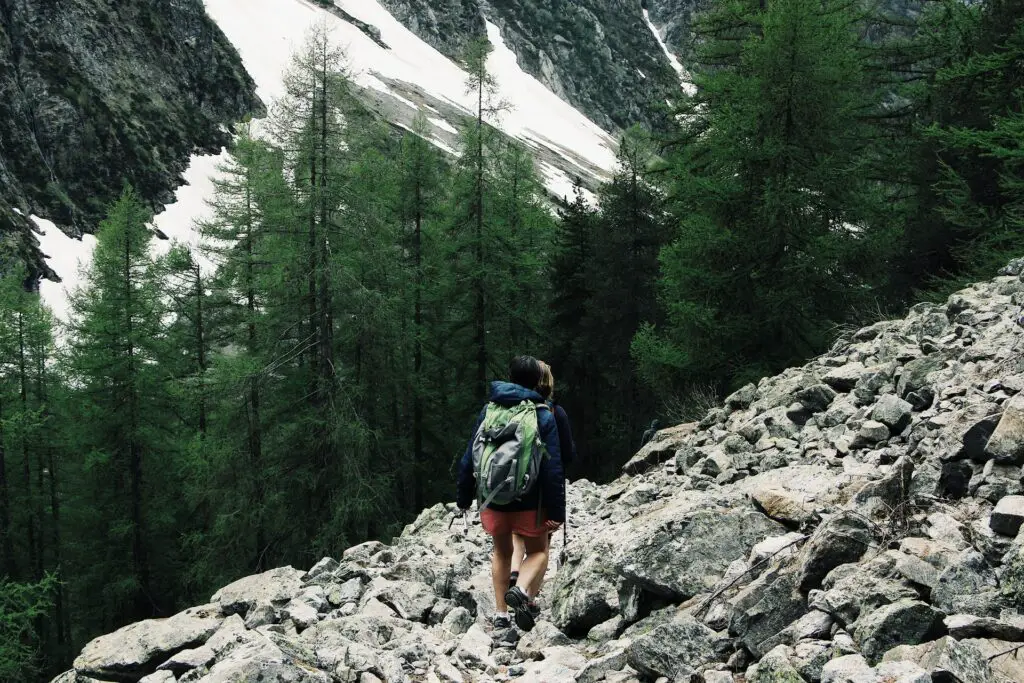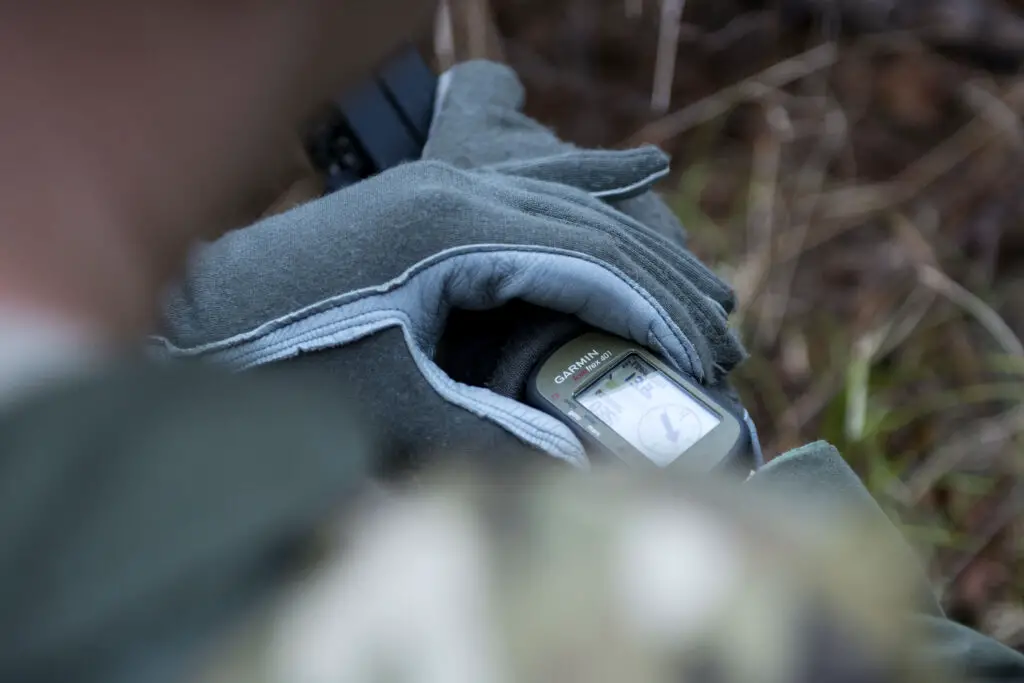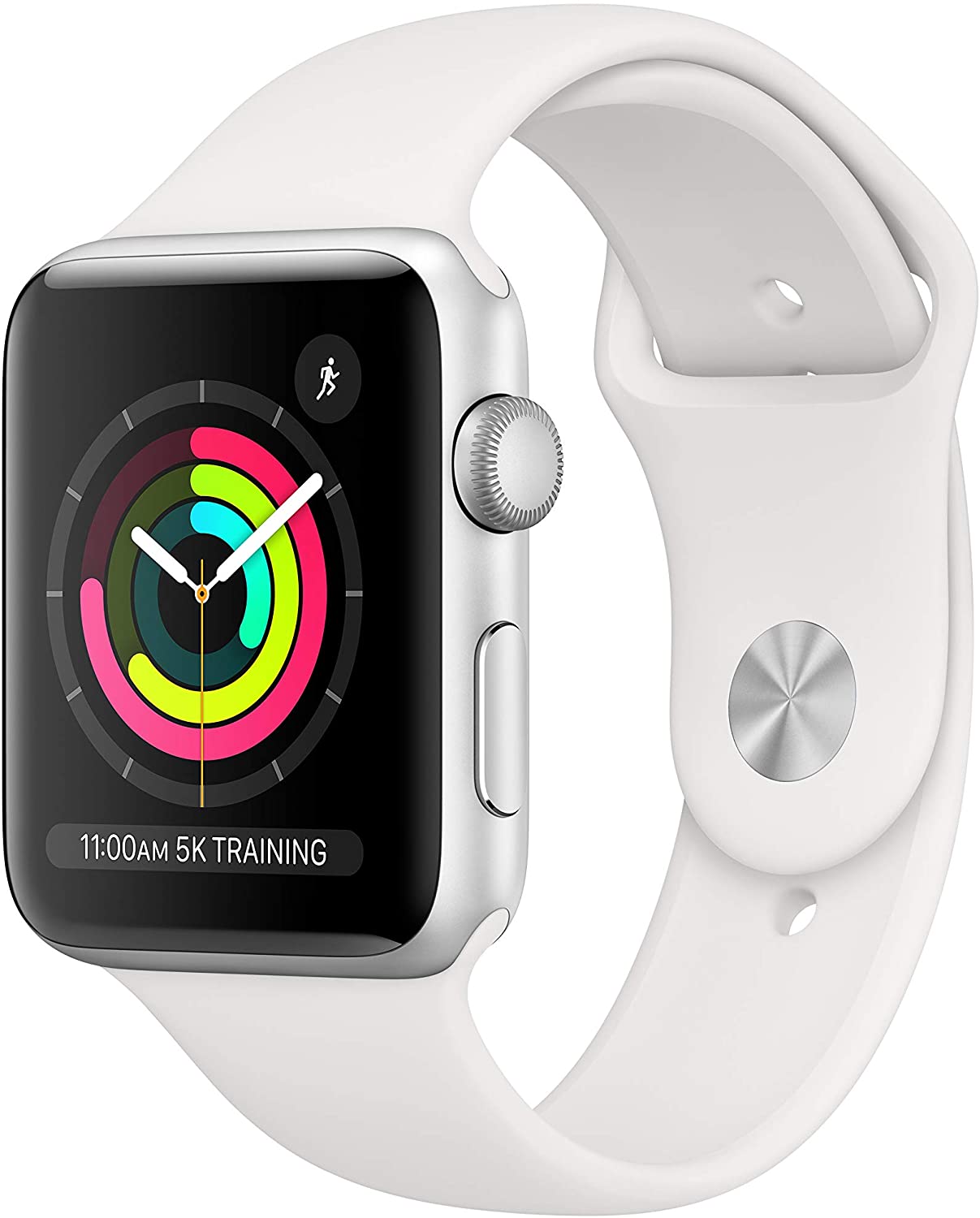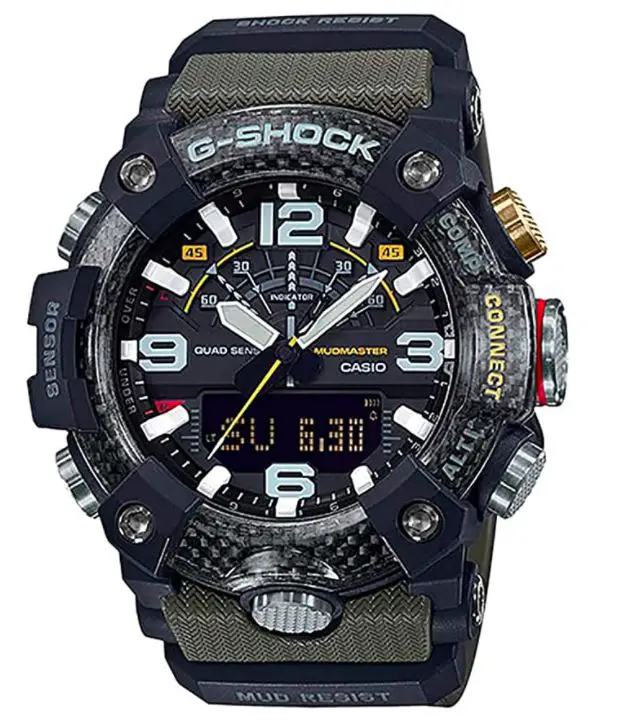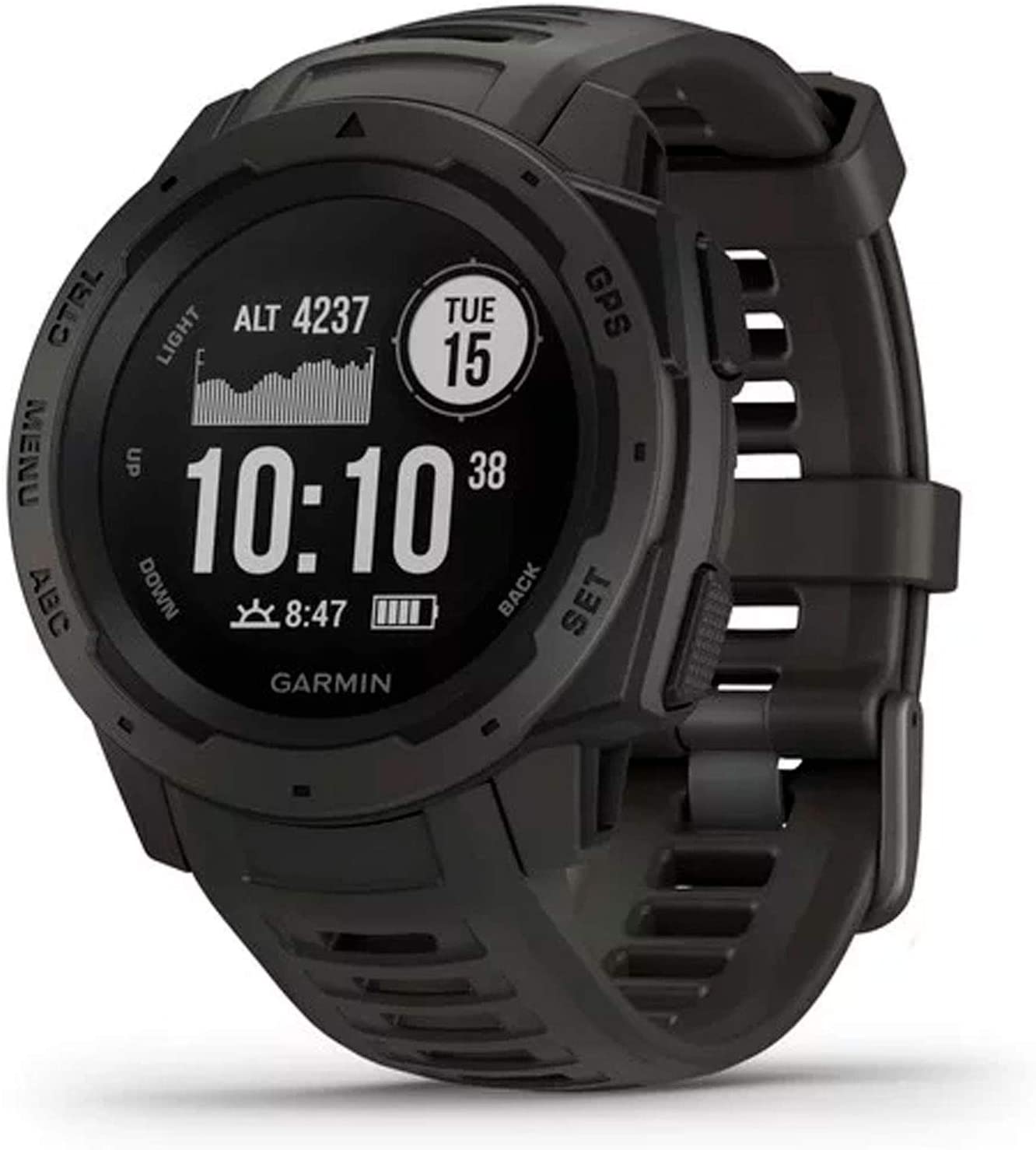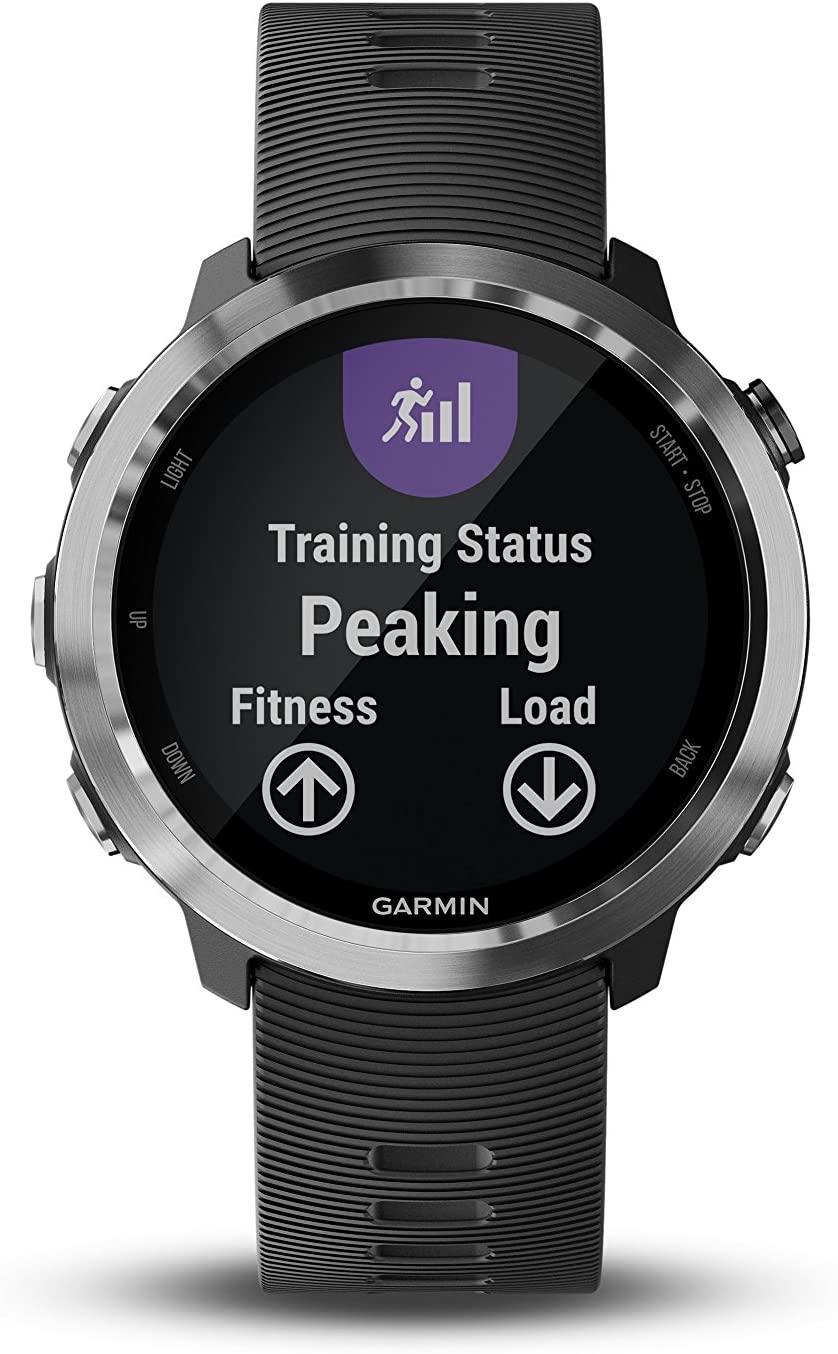To many, hiking may seem like a glorified term for a long walk in the countryside. No more than a weekend activity for those that enjoy exploring our planet’s most sparsely populated corners in an attempt to clear the head and improve ones health.
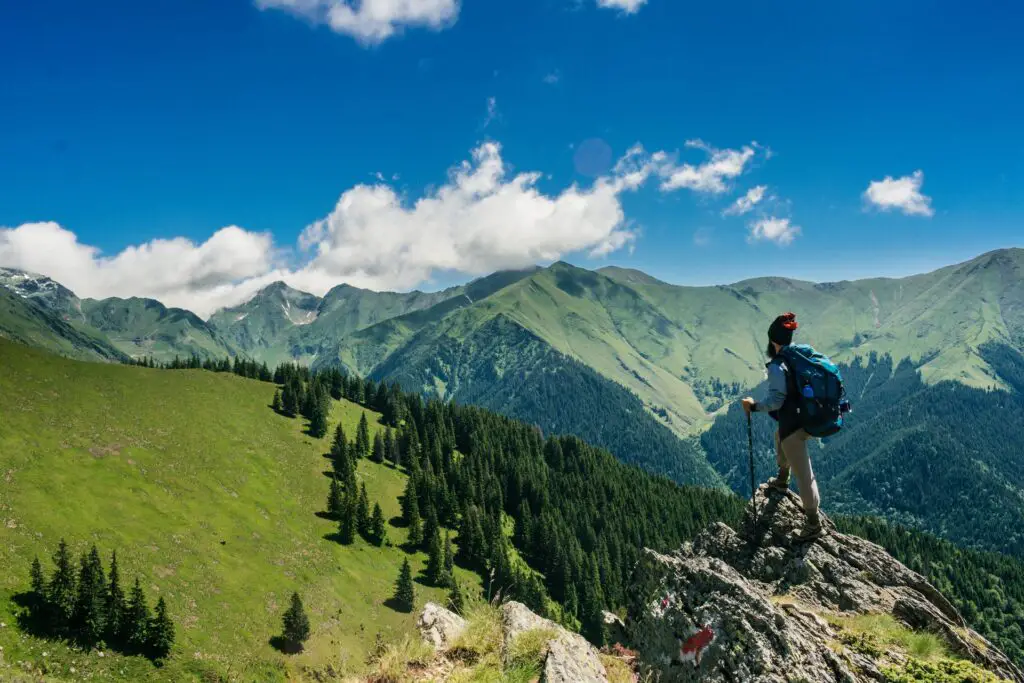
This isn’t to say that hiking isn’t an appealing pastime. Nothing quite matches the experience of hiking across feral terrain in search of a sense of adventure that simultaneously provides liberating thrills and inspires tranquility in equal measure. However, hiking goes beyond venturing beyond the horizon in search of an awe-inspiring view.
The physical attributes and specialist gear required to hike properly is so often underestimated. Hiking for miles on end is an excellent way to improve aerobic fitness, reduce the risk of heart disease and even lower stress levels in a manner that is as enjoyable as it is beneficial to health. Plus, venturing out of the front door with a lack of fitness and improper footwear can lead to any number of injuries.
There is some debate over whether hiking can actually be considered a sport in the same bracket as running or climbing. But how often is this popular hobby done in the interest of exercise rather than seeking out beautiful viewpoints and mesmerising vistas? Plus, can hiking truly be considered to have the competitive element necessary in a sport?

On the other end of the scale, one may enquire whether hiking can be considered the same as trekking. That it belongs in the same conversation as colossal adventures across planet earth’s most rugged and visually stunning locations.
Here we will discuss the idea of hiking as a sport, the obvious health benefits and the comparisons between hiking and trekking.
Hiking vs Running
Hiking and running are arguably the two most popular forms of workout for those looking to burn calories, reduce stress or simply get out of the house and get the heart pumping. One arguably a more sedated form of exercise than the other, both hiking and running have their health benefits.
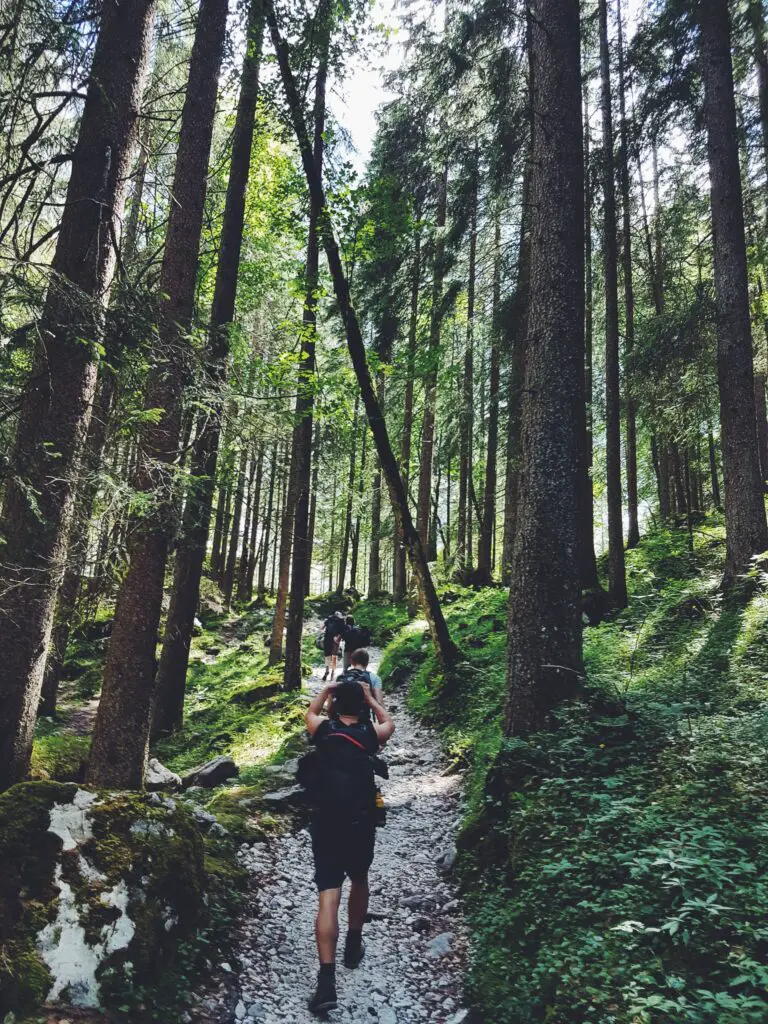
One of the primary differences between hiking and running, other than the speed at which an individual is moving, is the fact that those that hike typically do so with the ulterior motive of soaking in their surroundings. But to put all forms of hiking in one all-encompassing bracket would be a mistake.
Some treat hiking as a casual stroll in the countryside, whilst others persevere to stride up steep slopes, combining stunning scenery with a challenging cardio session. The location in which you choose to hike will also have an effect on the intensity of the activity. It goes without saying that with a more mountainous location comes a greater level of intensity.
Whilst many would consider running to be a far superior form of calorie burning exercise, most would be shocked by the stats used to quantify both sides of this argument. Research stipulates that 30 minutes of running for a person weighing 154lb would burn around 295 calories, while hiking for the same person and the same period of time burns roughly 185 calories.
Yes, it is clear that running burns more calories, however the gap in effectiveness is far less extreme than most would assume. It is also important to note that someone hiking up steeper gradients is sure to be a far greater form of cardio exercise and that most individuals would have a greater chance of hiking for an hour than running over 5mph for 30 minutes, in turn burning 370 calories as opposed to 295.
Muscle groups exercised
In terms of the muscle groups exercised, there isn’t a vast difference between the two. Glutes, quads, hamstrings and calf muscles are the key areas that are exerted during both activities, as well as the back and core muscles.
For both running and hiking, the muscle groups exercised also varies dependant on your route, with downhill slopes focussing attention on glutes and hamstrings and uphill gradients primarily exercising the quadriceps and calf muscles. Therefore any effort to differentiate between the two in the sense of muscles exercised will simply be splitting hairs.
What gear is required for each?
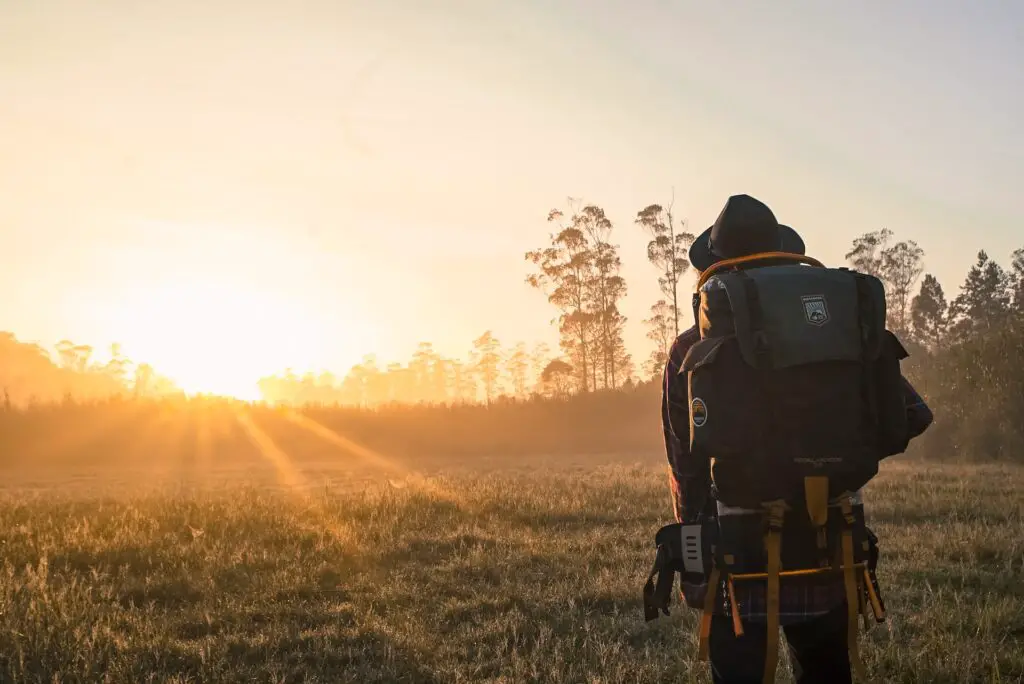
Most of the time no more than a reliable pair of trainers, comfortable clothing and a desire to get some fresh air in your lungs is enough to set you on your way. However, if you wish to take hiking and running more seriously then the kit required can become incredibly technical.
On top of this, the equipment needed for both running and hiking can vary greatly depending on the conditions you are facing.
Lets start with the basics. First things first – a good pair of shoes is essential. Comfortable, supportive trainers are of vital importance for a runner to evade injury and often prove suitable for hikers too. However, if you plan to hike over uneven, wet or unstable terrain then a proper pair of good hiking boots or hiking sandals becomes a real necessity.
Being comfortable when exercising in any such format is essential. Therefore finding a pair of shorts, trousers, t-shirt, hat or sweater that suits both you and your route is very important. And once the clouds open, lightweight waterproof gear that keeps you dry without making you sweat buckets can become the difference between a satisfying exercise session and a disastrous outing.
Essentially the difference between the required gear for a runner and a hiker is minimal. Both should accommodate for optimal comfort when active. A lot of the time there is crossover between the relevant clothing needed for each. Exceptions may come in the form of equipment that allows your hiking trip to last longer, such as a backpack or camping gear.
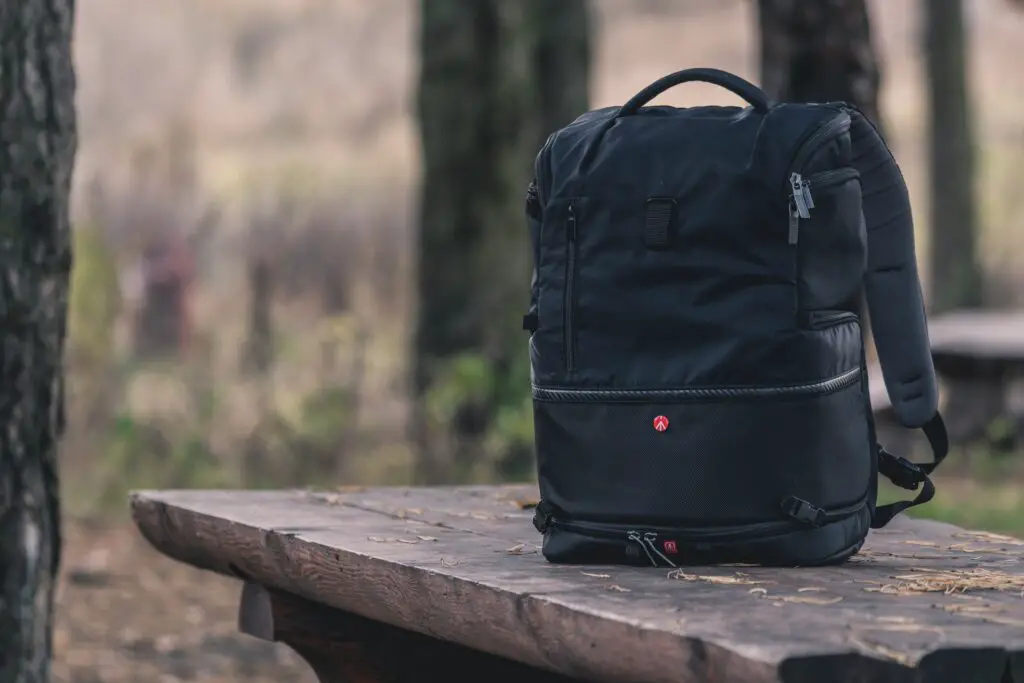
Essentially the only real discrepancy between going on a run and going for a hike is the speed and technique with which one moves from A to B. Granted, running often has a competitive element to it, which makes it more likely to be considered a sport than hiking. Running also doesn’t have the prerequisite necessity of being amongst scenic countryside.
If one were to race whilst hiking it would more likely fall into the category of trail running. This lack of competitive edge is what most likely causes it to lie just outside of the boundaries of what one may consider a sport. However, the physical benefits of hiking cannot be underestimated.
On top of this, there is a field of thought that believes hiking is a more beneficial activity overall than running. This is thanks to the fact that it is as beneficial for your mental health as it is for your physical fitness.
The Difference Between Hiking and Trekking
If the argument over whether hiking is or isn’t a sport is a grey area, then the difference between hiking and trekking could be considered murky beyond definition.
The boundaries between the two are faint, blurred and often non-existent. Both consist of walking for long distances. Both typically take place in the open country air. Both are considered excellent for both mind and body. But there are minor discrepancies between hiking and trekking that distinguish one from the other.
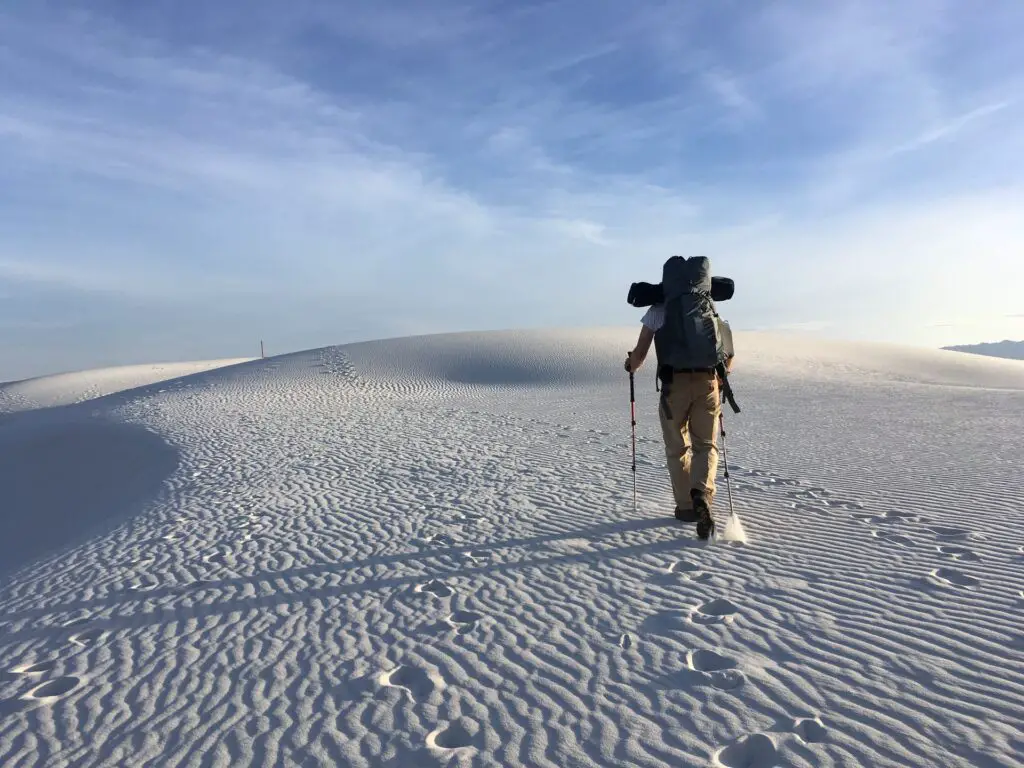
The primary difference between the two is the intensity. Hiking is the activity of walking for a long period of time across country. Usually undertaken as a means of escaping out into the countryside and becoming more connected with nature. Hiking is something that may be done in unison with other activities, such as camping, fishing or going on a date.
On the other hand, trekking is considered a more arduous task that may last for days on end, typically on terrain that is difficult to navigate, including atop rugged highlands and amongst mesmerising mountain ranges.
More of a journey of epic proportions than a simple weekend pastime, to trek properly requires you to possess the right equipment as well as the correct attitude. This goes beyond comfortable footwear and a raincoat. Many treks go as far as requiring a guide to help participants find their way in the wilderness.
Both hiking and trekking see walkers leap from the beaten path in the search of true adventure. Arguably, the former is merely less strenuous than the latter. Hiking can be both casual and adventurous, whilst trekking requires you to dig deep and push your mind and body to its limits as you immerse yourself into a world unknown.
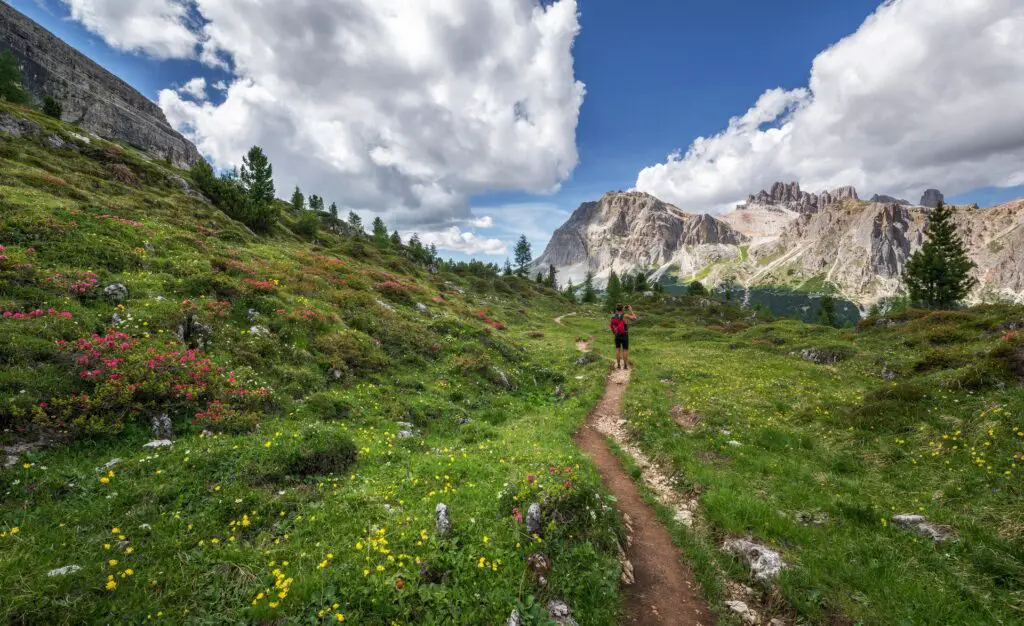
Given that the similarities between hiking and trekking are far more numerous than the differences between the two, the health benefits of trekking mirror those of its more casual counterpart. However, with the greater longevity that comes with trekking comes a greater risk of injury. With this risk comes the necessity for superior equipment.
What equipment is needed for trekking?
As trekking requires one to leave all the luxuries of home behind, it goes without saying that trekkers often bring a lot of equipment with them as they voyage into the depths of the natural world. Along with a sturdy pair of boots and clothes that ensure the wearer is kept both warm and dry, trekkers bring with them tents, sleeping bags and enough food to keep them sustained for the duration of the journey that lies ahead.
Beyond this, it is of vital importance when so far from civilization that explorers don’t lose their way, or else their trek could take a grim turn. Often guides are provided on more popular routes, but failing that, the use of a portable GPS device is often advised.
In this modern day and age of superior technology and social media, no trip is complete without the stunning pictures that will make your friends envious and forever remind you of your time whilst trekking. Action cameras are designed for this very purpose – to endure the wilds and capture the finest details of your trip with pristine clarity.
Summary
In summary, it could be argued that hiking combines the best of both worlds. It provides a chance to clear your mind as you stroll through the great outdoors, simultaneously guaranteeing many of the aerobic benefits of running.
The fact that it doesn’t carry the same level of strenuousness associated with multiple days of trekking means that hiking could also be slotted neatly into your plans during the weekend or even an afternoon.
The lack of competitive edge somewhat negates the notion that hiking and trekking can be considered a sport in the same way that running can. However, as previously mentioned, trail running can most definitely be slotted into this bracket. Many would argue this to be a form of hiking itself.
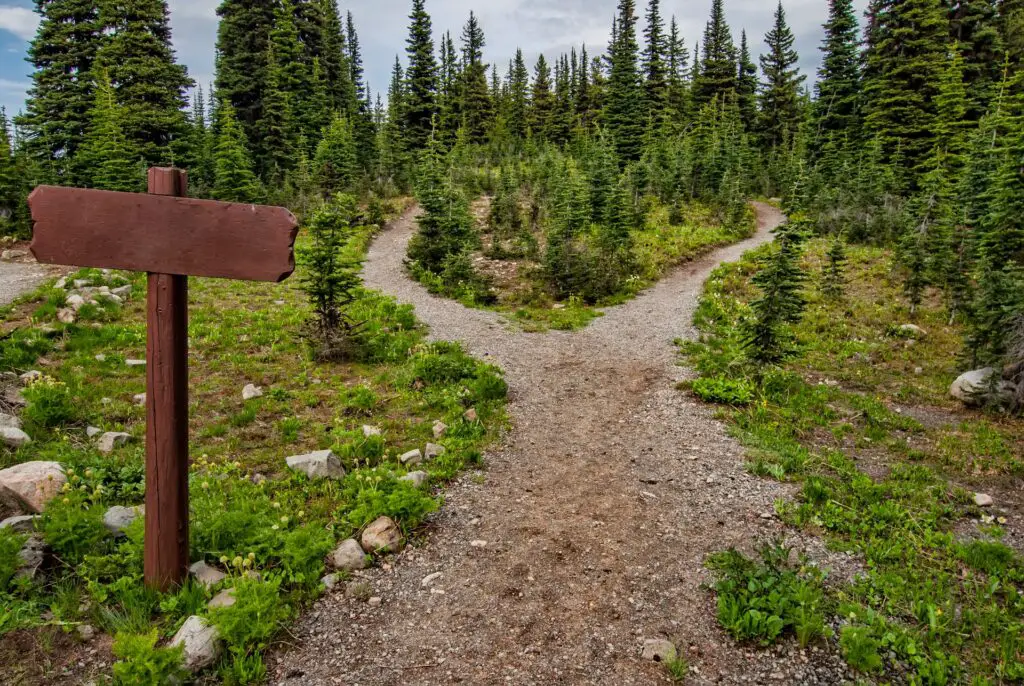
Whilst running, climbing and other similar sporting events are held in the interest of healthy competition, self-improvement and ultimately victory, hiking and trekking can help to better an individual in ways beyond those of physical wellbeing. The health benefits of walking for great distances is well documented, however the psychological benefits tend not to be. It has been proven that hiking and trekking can help relieve stress, reduce depression and even improve problem-solving skills.
Ultimately, hiking should be considered a separate entity that draws inspiration from the convenience of going on a run with the adventurous spirit that one would associate with trekking in the great outdoors.

